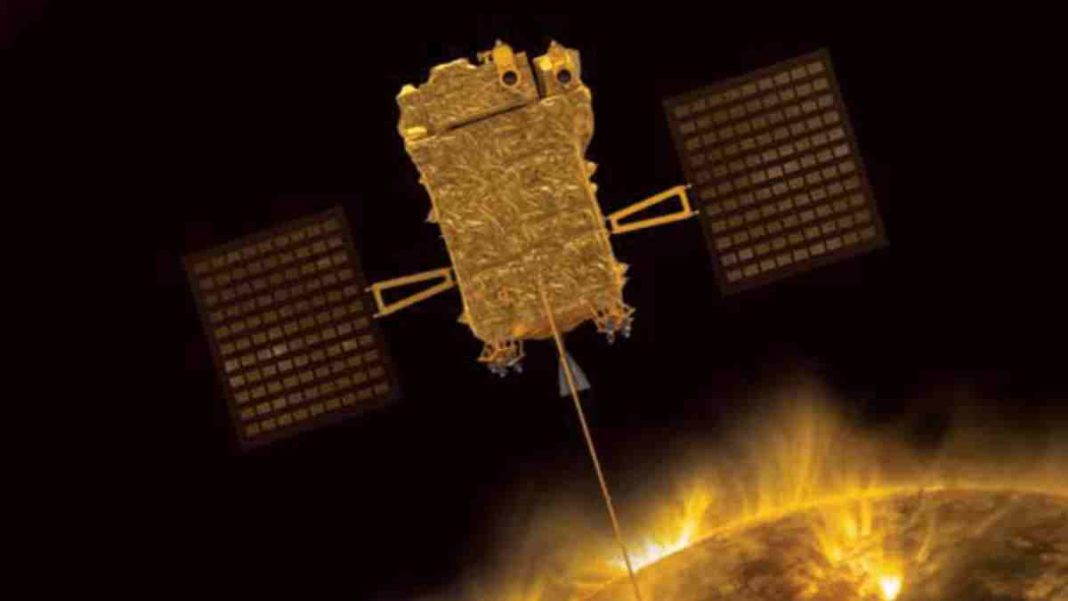INDIA: The Aditya-L1 solar mission, launched by the Indian Space Research Organisation (ISRO), has achieved a groundbreaking milestone by capturing its first-ever high-energy X-ray glimpse of solar flares. The achievement comes as a result of the HEL1OS instrument, which is on board the Aditya-L1 spacecraft.
A glimpse into the solar flares
ISRO officially announced this remarkable feat on November 7, 2023, demonstrating the prowess of the Aditya-L1 mission. During its first observation period on October 29, lasting from approximately 12:00 to 22:00 UT, the High Energy L1 Orbiting X-ray Spectrometer (HEL1OS) recorded the impulsive phase of solar flares.
The recorded data is consistent with the X-ray light curves provided by NOAA’s Geostationary Operational Environmental Satellites (GOES).
GOES has been a stalwart in providing continuous imagery and data on atmospheric conditions and solar activity, including space weather, since the 1970s. The partnership between Aditya-L1 and GOES offers a valuable synergy for understanding solar phenomena.
HEL1OS: A pioneering instrument
The HEL1OS instrument, commissioned on October 27, 2023, is currently undergoing fine-tuning of thresholds and calibration operations. Developed by the Space Astronomy Group of the U. R. Rao Satellite Centre at ISRO in Bengaluru, this instrument is designed to monitor the Sun’s high-energy X-ray activity with fast timing and high-resolution spectra.
This state-of-the-art technology opens up new possibilities for researchers to delve into the explosive energy release and electron acceleration during the impulsive phases of solar flares.
The marvel of solar flares
The release of magnetic energy associated with sunspots causes solar flares, which are powerful bursts of radiation. According to the United States space agency NASA, these flares can last anywhere from mere minutes to several hours.
They produce enhanced emissions across the electromagnetic spectrum, encompassing radio, optical, UV, soft X-rays, hard X-rays, and gamma-rays. The emissions from solar flares consist of a blend of accelerated particles and hot plasma.
Aditya-L1: A mission with purpose
The Aditya-L1 mission is not solely about capturing spectacular solar phenomena. It is designed to provide remote observations of the solar corona and in-situ observations of the solar wind at the Sun-Earth Lagrangian point L1, which is situated approximately 1.5 million kilometers from Earth.
This strategic positioning allows Aditya-L1 to serve as a sentinel, collecting vital data that aids in comprehending solar dynamics and space weather.
Launched on September 2, 2023, Aditya-L1’s mission profile ensures that it remains at a safe distance of about 1.5 million kilometers from Earth, all while being directed towards the Sun.
This is approximately 1% of the Earth-Sun distance, ensuring that the spacecraft will neither land on the Sun nor approach it any closer. The mission’s specifics, as laid out by ISRO, highlight the organization’s dedication to safe and fruitful exploration.
Also Read: ISRO’s Aditya-L1 Solar Mission Set to Launch on September 2



